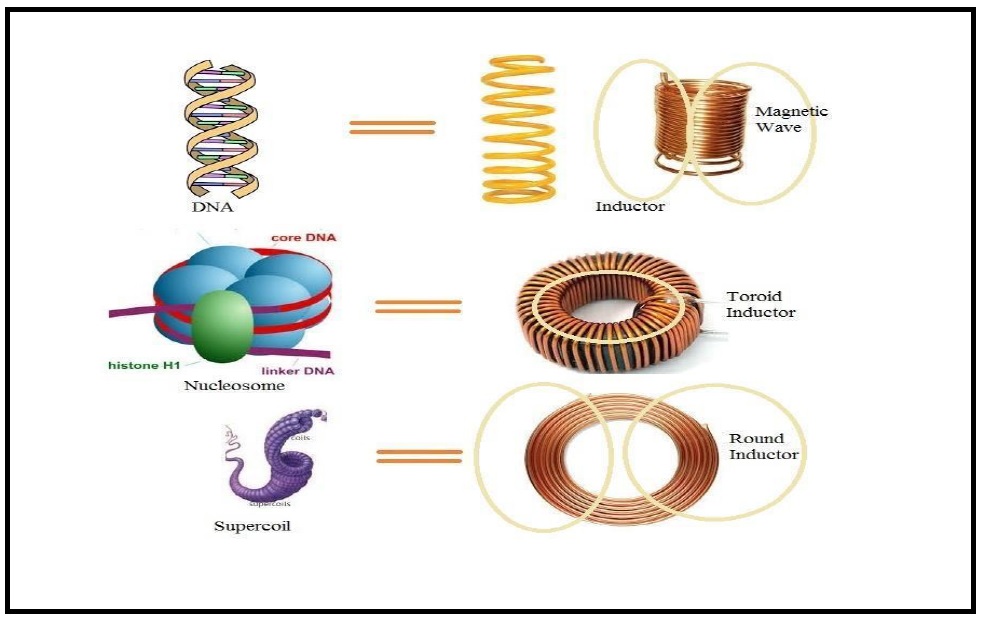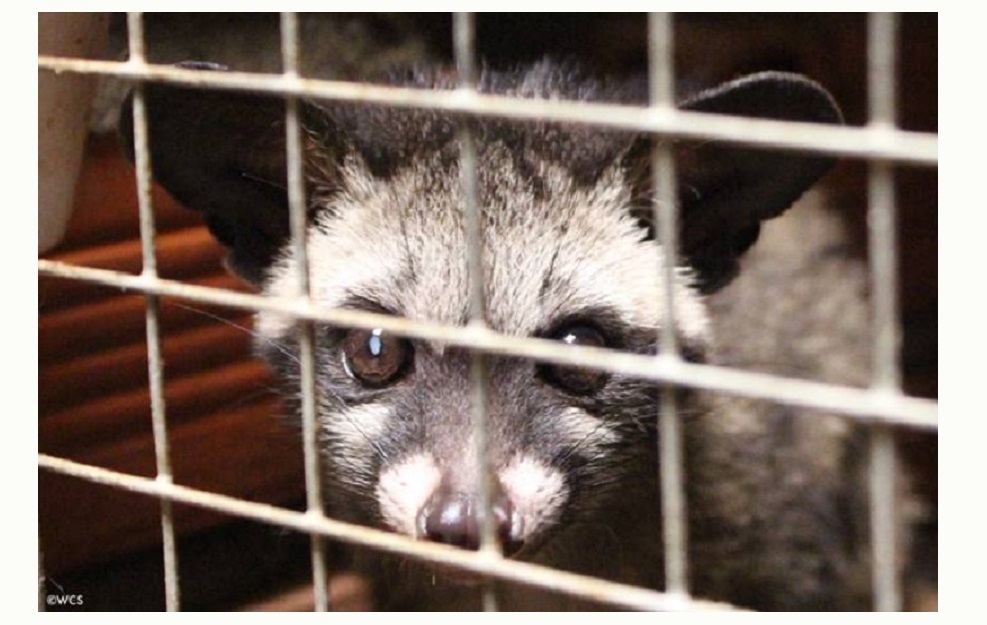The stay at home orders for the coronavirus has been extended in most cities, and for many of us who thought it would only be a few weeks, we are realizing that these orders might be for a lot longer than that.
What we thought might be a nice break from the grind of overworking has turned into a situation where we do not know what to do with ourselves. We have watched every series and film on Netflix that we missed and reruns of our favorite sports teams just ain’t cutting it the way we thought they would.
Online Casino Gaming
You might be tired of watching Netflix, and perhaps you are done with not having any interaction with your entertainment. This will push you perhaps toward playing interactive games. These can be great, but most are aimed toward young people, and they do not have any real-world consequences. As a result, they can get pretty boring after a while.

If you want something to do that is both interactive and has consequences, gambling at casinos online like Casimba is an excellent choice for some entertaining fun. This interactive website and mobile app gives you access to all of your favorite casino games, including slots, craps, roulette, blackjack, bingo, Bacharach, and every form of poker that you can imagine. And unlike traditional casinos, you don’t have to travel in order to play your favorite games.
You can use your desktop, laptop, or tablet computer, or your smartphone. As long as you have an internet connection, you have access to all the amazing casino games. And to make things serious, you play for real money. So the stakes can get pretty high, and so can the entertainment when you play online casino gambling.
Learning a New Language
Most people would love to learn a new language. When they hear people able to move from one language to another, it is always cool. However, most people feel that learning a new language is difficult and extremely time-consuming. Well because of the coronavirus lockdown, you got lots of time on your hands. And today there is software like Babel that specializes in helping anyone to quickly learn a new language. The lessons are all online, and you can move at your own speed. Also, the company has dozens of languages for you to learn. Imagine coming out of the coronavirus lockdown able to speak a new language.
Meditation
Too many people think that meditation is an eastern practice that is not effective in the western world. The reality is that meditation is both wonderful at reducing stress, and is effective no matter where you are. Meditation has been practiced for thousands of years, and wherever it is introduced, it becomes part of society. In Western societies, even traditional doctors and medical institutions are now advising patients to indulge in meditation on a regular basis. Meditating is simple. You only need to sit in a quiet place and clear your mind. Steady breathing helps. It will take a while for you to do it, but after some practice you will find this simple exercise relieves stress and lifts your spirit.

The coronavirus has caused lots of stress and feelings of lost control. This is a natural response to a situation that takes you out of your normal routine. Invest some time in the endeavors included here and it will help you to relieve the coronavirus blues. For the Silo, Dimitry Karloff.



